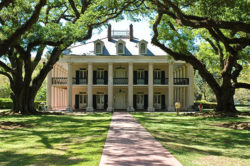Peoples of Louisiana
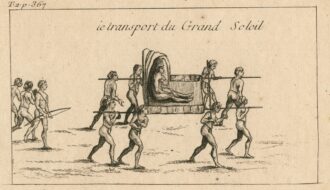
Natchez Indians
The Natchez are an American Indian group that lived along the Lower Mississippi River during the rise of European colonialism.

The Natchez are an American Indian group that lived along the Lower Mississippi River during the rise of European colonialism.

Both French and British colonists sought alliances with the Natchez Indians, an American Indian group with settlements along the Lower Mississippi River.

Natchitoches’s savory hand pies are filled with a mixture of ground pork and beef in a seasoned gravy.

A hallmark of southeastern Indian societies, cane basketry traditions persist in fewer than ten contemporary tribal communities in the southeastern United States, including three in Louisiana.
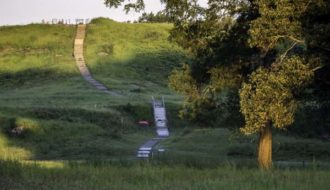
Louisiana boasts some of the most significant Native American earthen monuments in North America and ranks second only to Mississippi in the number of mound sites.
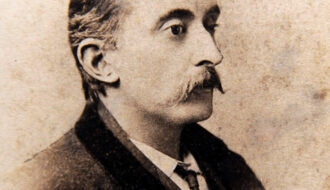
From the time of colonial exploration to the present, Louisiana’s landscape has inspired a rich variety of nature writing.
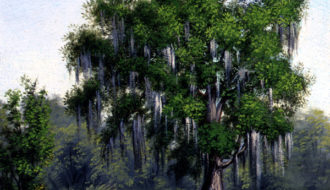
One of the largest urban parks in the United States, New Orleans' City Park is home to many cultural and recreational attractions including the New Orleans Museum of Art, the Botanical Garden, golf courses, tennis courts, City Bark dog park, Tad Gormley stadium, and several lagoons.
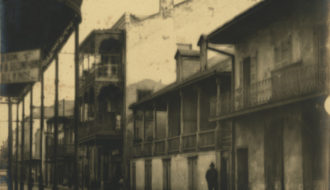
New Orleans has been the subject of literature from the colonial period to the present day.
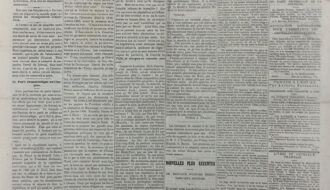
America’s first Black daily newspaper, the New Orleans Tribune served as an organizing tool for Black activists as they campaigned for rights for men of African descent with an emphasis on building solidarity with the formerly enslaved.

Norbert Rillieux, a Creole from New Orleans, was an inventor and engineer who designed the multiple-effect evaporation system, a major advancement in the process of sugar refining.
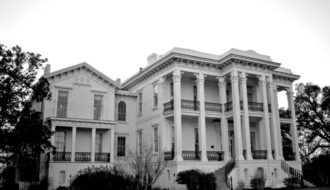
Nottoway is one of the largest antebellum houses in the South and the largest surviving plantation house in Louisiana.

The 800-foot-long allée of live oak trees leading from the river to the columned house constitutes one of the most familiar and evocative images of Louisiana's grand plantation houses.
One-Year Subscription (4 issues) : $25.00
Two-Year Subscription (8 issues) : $40.00
